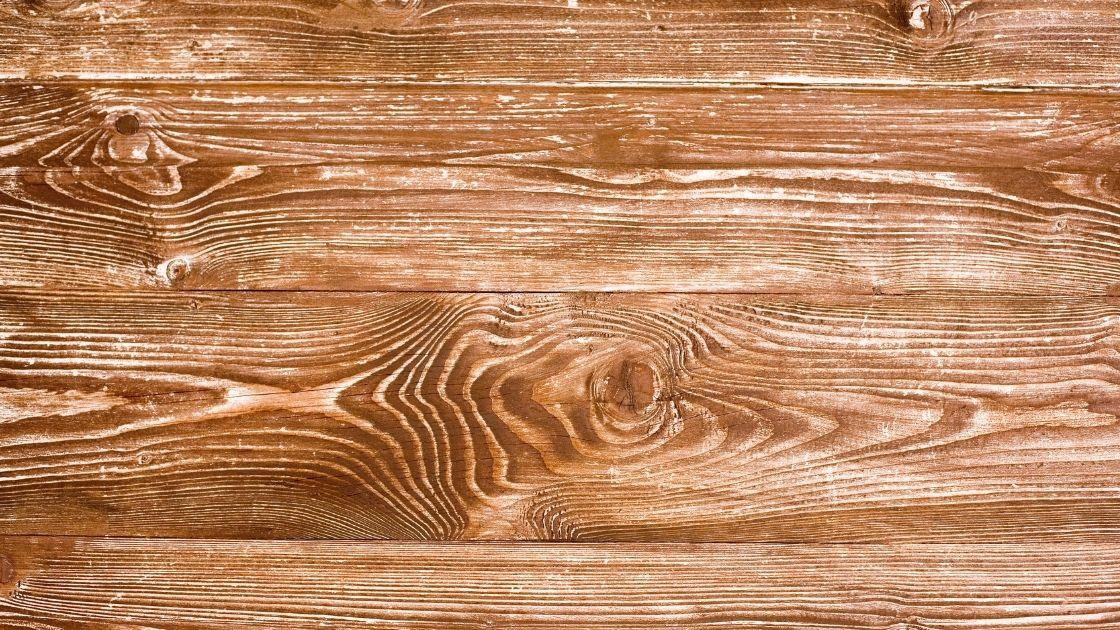Wood Finish vs. Wood Stain: What’s the Difference?

A wood finish and stain are two very different things. If you’re struggling to understand the two, we’re going to outline the pros and cons of each. First, however, you need to know what a wood finish and stain really mean before continuing.
Many people prefer wood left in its natural state, but some think this look is dull and lackluster.
Wood finishing involves the following steps:
- Cleaning
- Sanding
- Adding color
- Applying a clear finish
Stains and wood finishes are often combined to make the wood look more appealing and protect it. However, wood stains are not finishes.
What is a Wood Stain?
A wood stain provides added color to natural wood. A finishing seals the wood to extend the wood’s longevity. Ideally, you’ll finish any stained wood to prolong its lifespan. However, some owners prefer a stain or finish and not both.
Stains are thin, and while they may look wet initially, they’ll eventually lose the wet look and fade.
Wood Finish vs. Wood Stain: Options Available
When wood is stained, there are a few main options:
- Water/solvent-based: These two options are most common because they’re easy to clean up and use, and they dry quickly. You can use a cloth or brush to apply the stain, and within 15 – 30 minutes, the stain dries. Once applied, the wood will feel rough because the moisture is absorbed into the wood. Light sanding or applying a finish after it dries is recommended.
- Oil-based: A topcoat isn't necessary if oil-based stains are used because the stain will go much deeper into the wood grain. Oils do take 72 hours to dry, and you can re-stain every 6 or more months to restore the look.
- Gel: Another option for wood stain is a gel, but this is an option that’s not used as often by professionals. Since the gel is thick, it requires many coats and will work best for DIYers because the final coat will come out smooth and nice due to requiring multiple coats.
Next, wood finishes are either penetrating or surface-based. Penetrating finishes will dry inside of the wood to provide a more natural look. Multiple forms of oil may be used with these finishes, but Danish oil is a top choice.
Surface finishing is another option and will work great to protect the wood.
When a surface finish is used on the wood, it needs to dry similarly to how a stain would dry. Multiple forms of finish exist, including oil-based and water-based. Oils are more durable but a little more difficult to work with.
Lacquer can also be used if you want a high-gloss look.
Wood finishes act as a final protection barrier for the wood and will protect it from the elements. Indoors, the finish will protect the wood from moisture, too.
Wood finishes are thicker and help you maintain the “wet” look that many people desire. Additionally, a finish will protect the wood from moisture. So, if your wood piece is going to be used outdoors where moisture is an issue, a wood finishing can help protect it.
